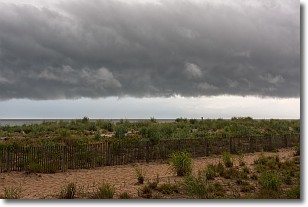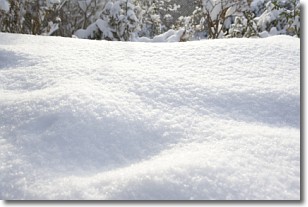Weather Alert in Virginia
Flood Watch issued July 14 at 2:32PM EDT until July 15 at 6:00AM EDT by NWS Wakefield VA
AREAS AFFECTED: Fluvanna; Prince Edward; Cumberland; Goochland; Caroline; Mecklenburg; Lunenburg; Nottoway; Amelia; Powhatan; Westmoreland; Richmond; Brunswick; Dinwiddie; Prince George; Charles City; New Kent; Greensville; Sussex; Western Louisa; Eastern Louisa; Western Hanover; Eastern Hanover; Western Chesterfield; Eastern Chesterfield (Including Col. Heights); Western Henrico (Including the City of Richmond); Eastern Henrico; Western King William; Eastern King William; Western King and Queen; Eastern King and Queen; Western Essex; Eastern Essex
DESCRIPTION: * WHAT...Flooding caused by excessive rainfall continues to be possible. * WHERE...Portions of central, east central, north central, south central, and southeast Virginia, including the following areas, in central Virginia, Amelia, Cumberland, Eastern Chesterfield (Including Col. Heights), Eastern Hanover, Eastern Henrico, Eastern Louisa, Fluvanna, Goochland, Powhatan, Prince Edward, Western Chesterfield, Western Hanover, Western Henrico (Including the City of Richmond) and Western Louisa. In east central Virginia, Charles City, Eastern Essex, Eastern King William, Eastern King and Queen, New Kent, Richmond, Western Essex, Western King William, Western King and Queen and Westmoreland. In north central Virginia, Caroline. In south central Virginia, Brunswick, Dinwiddie, Lunenburg, Mecklenburg, Nottoway and Prince George (including Hopewell and Petersburg). In southeast Virginia, Greensville and Sussex. * WHEN...Through late tonight. * IMPACTS...Excessive runoff may result in flooding of rivers, creeks, streams, and other low-lying and flood-prone locations. Creeks and streams may rise out of their banks. Flooding may occur in poor drainage and urban areas. Low-water crossings may be flooded. Storm drains and ditches may become clogged with debris. * ADDITIONAL DETAILS... - 2 to 4 inches of rain has fallen across portions of the watch area over the past 48 hours, with the ground already very saturated from rainfall over the past week. Additional slow- moving showers and storms will be possible this evening into tonight, which could produce an additional 2-3" of rain and could result in further instances of flash-flooding. - http://www.weather.gov/safety/flood
INSTRUCTION: You should monitor later forecasts and be alert for possible Flood Warnings. Those living in areas prone to flooding should be prepared to take action should flooding develop.
Want more detail? Get the Complete 7 Day and Night Detailed Forecast!
Current U.S. National Radar--Current
The Current National Weather Radar is shown below with a UTC Time (subtract 5 hours from UTC to get Eastern Time).

National Weather Forecast--Current
The Current National Weather Forecast and National Weather Map are shown below.

National Weather Forecast for Tomorrow
Tomorrow National Weather Forecast and Tomorrow National Weather Map are show below.

North America Water Vapor (Moisture)
This map shows recent moisture content over North America. Bright and colored areas show high moisture (ie, clouds); brown indicates very little moisture present; black indicates no moisture.

Weather Topic: What are Shelf Clouds?
Home - Education - Cloud Types - Shelf Clouds
 Next Topic: Sleet
Next Topic: Sleet
A shelf cloud is similar to a wall cloud, but forms at the front
of a storm cloud, instead of at the rear, where wall clouds form.
A shelf cloud is caused by a series of events set into motion by the advancing
storm; first, cool air settles along the ground where precipitation has just fallen.
As the cool air is brought in, the warmer air is displaced, and rises above it,
because it is less dense. When the warmer air reaches the bottom of the storm cloud,
it begins to cool again, and the resulting condensation is a visible shelf cloud.
Next Topic: Sleet
Weather Topic: What is Snow?
Home - Education - Precipitation - Snow
 Next Topic: Stratocumulus Clouds
Next Topic: Stratocumulus Clouds
Snow is precipitation taking the form of ice crystals. Each ice crystal, or snowflake,
has unique characteristics, but all of them grow in a hexagonal structure.
Snowfall can last for sustained periods of time and result in significant buildup
of snow on the ground.
On the earth's surface, snow starts out light and powdery, but as it begins to melt
it tends to become more granular, producing small bits of ice which have the consistency of
sand. After several cycles of melting and freezing, snow can become very dense
and ice-like, commonly known as snow pack.
Next Topic: Stratocumulus Clouds
Current conditions powered by WeatherAPI.com




